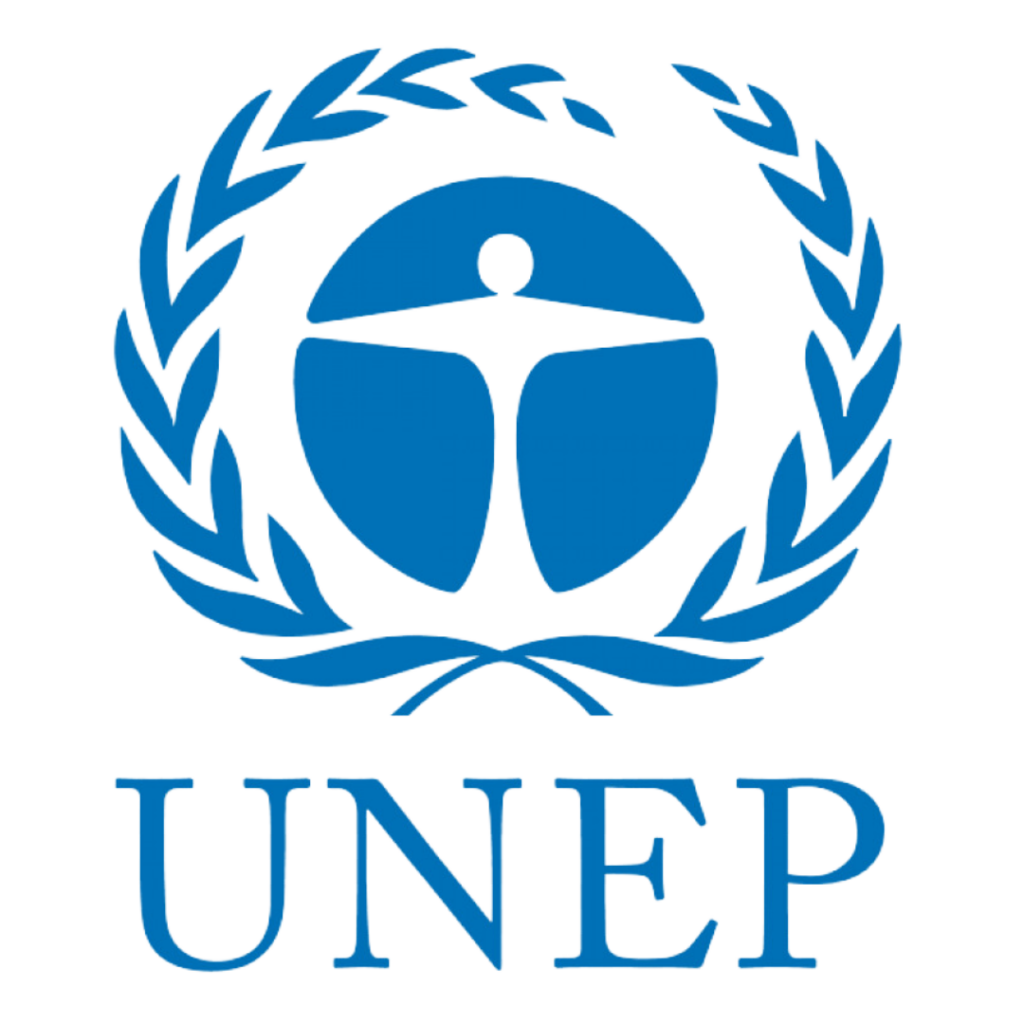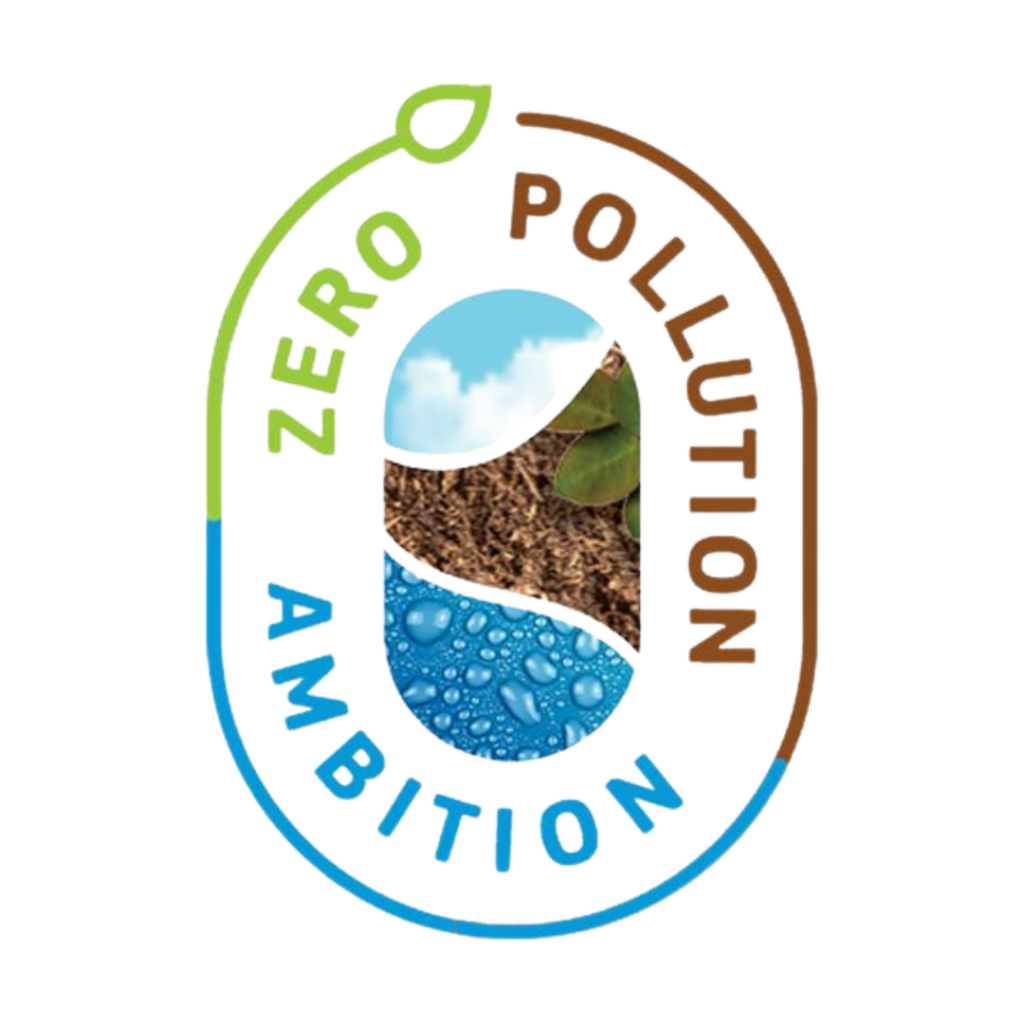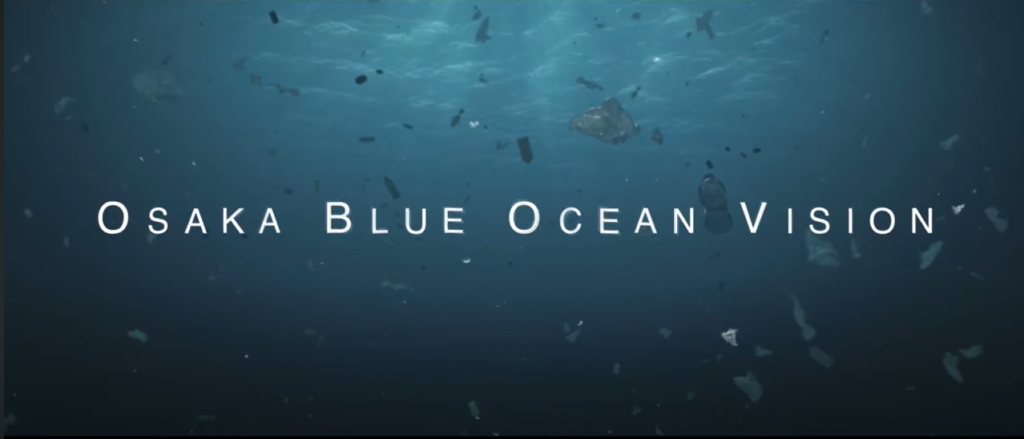EDEN CLEANTECH
AI-driven microplastic monitoring and treatment at the global scale
The Challenges
Microplastics are everywhere, all water bodies worldwide, as well as in soil, atmosphere, and the human body
THE PLASTIC POLLUTION PROBLEM
- 380 million tons of plastic produced annually.
- Significant pollution of ecosystems.
- Global efforts needed for solutions.
MICROPLASTICS : THE INVISIBLE THREAT
- Degraded from large plastic or directly produced from textile, tires,cosmetics and more.
- Found in 80% of global tap water.
- 93,000–236,000 metric tons in oceans.
- Present in all environment, from phreatic zones to mountain tops.
MICROPLASTIC VS. THE ENVIRONMENT
- Ingested by the marine life, navigates its way up the food chain.
- Leach toxic chemicals.
- Transport bacteries and promote invasive species.
THE LACK OF SOLUTIONS TO TACKLE THIS NEW ENEMY
- Insufficient tracking of microplastics pollution.
- Expensive and inadapted technologies for monitoring and treating the pollution.
- Limited incentive to company to act caused by lack of legislation, until now.
tons of plastic leakage into the ocean in 2040
microplastic particles consumed per day/person annually on average
of global tap water detected microplastics
annual impact from invasive species
of today’s leakage is from rural areas, where collection economics don’t work
By 2040:
plastic generation
plastic leakage into the ocean
plastic stock in the ocean
Our Solution
Eden Tech offers innovative solutions for collecting microplastics present in water and for their rapid analysis
ASCANDRA
Sampling and Treatment
- High-throughput particle capture system
- Collect plastic from 20 µm and up
- Easy deployment/integration
- Adapted to any industrial and environmental scale
- Chemical-free and low-energy
SCOUT
Microplastic Identification
- Microplastic sample analysis in <10 min
- Analyze particles from 20 µm to 5 mm
- Identify between 10 families of plastic
- Requires minimal sample preparation
- Automated Analysis by Machine Learning
New & Upcoming Legislations
The need for new microplastic dedicated monitoring solution is now!
Monitoring Microplastics and Invasive Species for Coastal Environmental Standards
- Beach & coastal floating microplastics monitoring
- Target: Invasives species threat & new metrics and threshold implementation for good environmental status definition
Legal source : Marine Strategy Framework Directive, The Bathing Water Directive
Monitoring Microplastics in Drinking Water Systems for Quality and Performance
- Monitoring in drinking water plant : from catchment zones to treatment plants and distribution pipelines
- Concern all water bodies intended human consumption
- 10 prioritised microplastics
- Target: Water quality & infrastructures performance
Legal source : Drinking Water Recast Directive & Microplastics EU Commission delegated decision 2024/1441
Monitoring Microplastics in Wastewater and Stormwater for Environmental and Infrastructure Performance
- Main microplastics sources sewage (39%) & stormwater (59%)
- Inlets & outlets monitoring in wastewater treatment plants
- Sludge monitoring intending agriculture uses
- Stormwater & Urban runoff management & treatment
- Target: Water & soil, infrastructures performance
Legal source : EU Urban Wastewater Directive 2024/3019 91/271
You are an Industrial Company a WasteWater Treatment Plant a Water Authority an Investor a Research Institute a Cosmetic Industry in Textile

Industrial Company

Waste Water Treatment Plant

Water Authority

Investors

Research Institute

Cosmetic Industry

Textile

Others
Ascandra – Nature Inspired Microplastics Removal
The Ascandra microparticle filtration system uses advanced microfluidic technology to capture microplastics as small as 0.02 mm. With a biomimetic design inspired by manta ray gills, it offers a compact, efficient solution capable of filtering hundreds of liters per minute in ultra low-pressure conditions.
Easily adaptable to most water circulation systems, Ascandra can also be deployed in natural water bodies like ports, aqua cultures, waterwaste to collect plastic waste. This innovative technology holds promise for cleaning municipal and industrial water systems, ensuring plastic-free water, and protecting environmental ecosystems in river deltas and beyond.
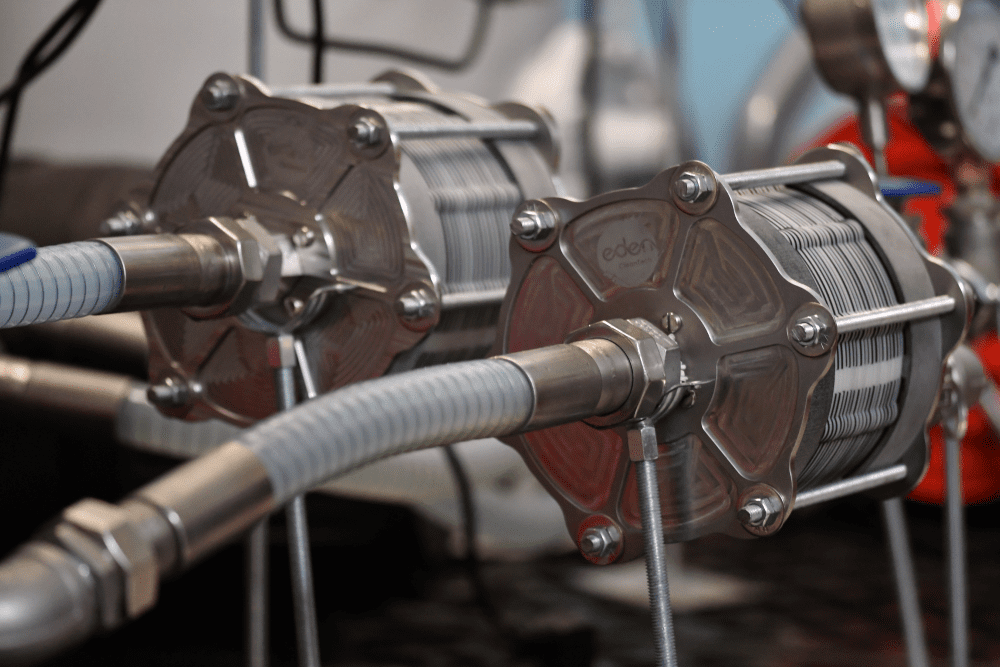
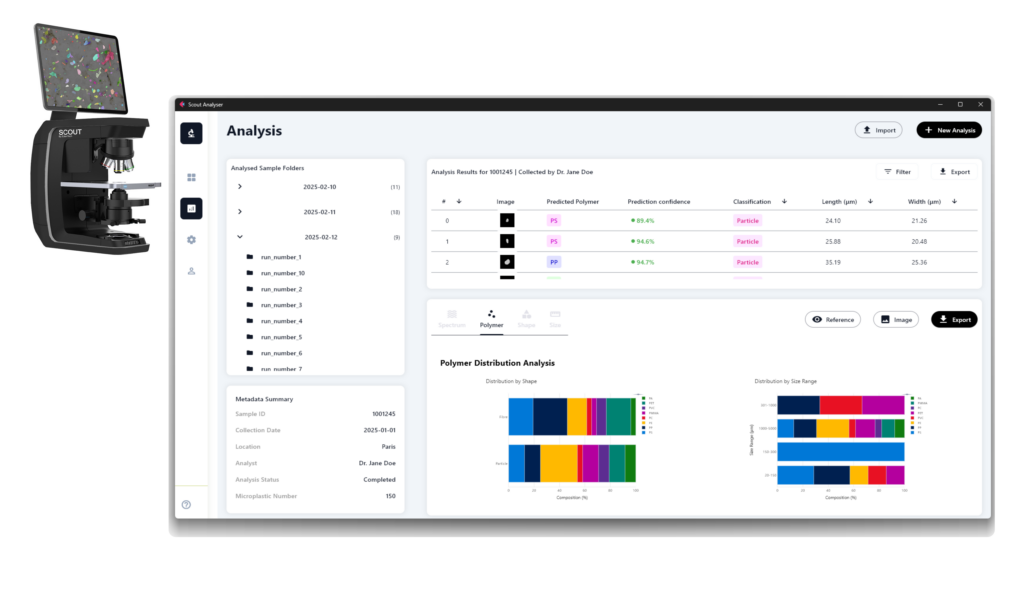
Scout – Microplastics Analysis Powered by AI
The SCOUT Microplastics Analyser is an automated, high-precision instrument that simplifies and accelerates the detection and analysis of microplastics in environmental or industrial samples. Utilising Near-Infrared (NIR) spectroscopy combined with AI-driven vision and spectral analysis, SCOUT delivers results on microplastic burden for 47mm filters in under 10 minutes. This is significantly faster than traditional methods like FTIR and Raman spectroscopy, which can take several hours and require intensive manual handling and further data analysis. NIR spectroscopy’s ability to penetrate biofilms and classify “dirty” particles reduces the need for extensive sample preprocessing, increasing efficiency.
SCOUT leverages two proprietary AI algorithms to automate the acquisition and data analysis process. PlasticVision identifies suspected microplastics, while PlasticResNet determines their plastic type. Upon sample analysis completion, the data is converted into contextually relevant units and accessible locally or remotely via SCOUT’s online analysis platform. Our bespoke onboard and cloud computing suite provides users with an intuitive virtual playground to effortlessly process data, generate graphs and reports aligned to current and upcoming legislation.
Our Partners
Eden Tech collaborates with experts in water monitoring and treatment, encompassing both environmental and wastewater sectors
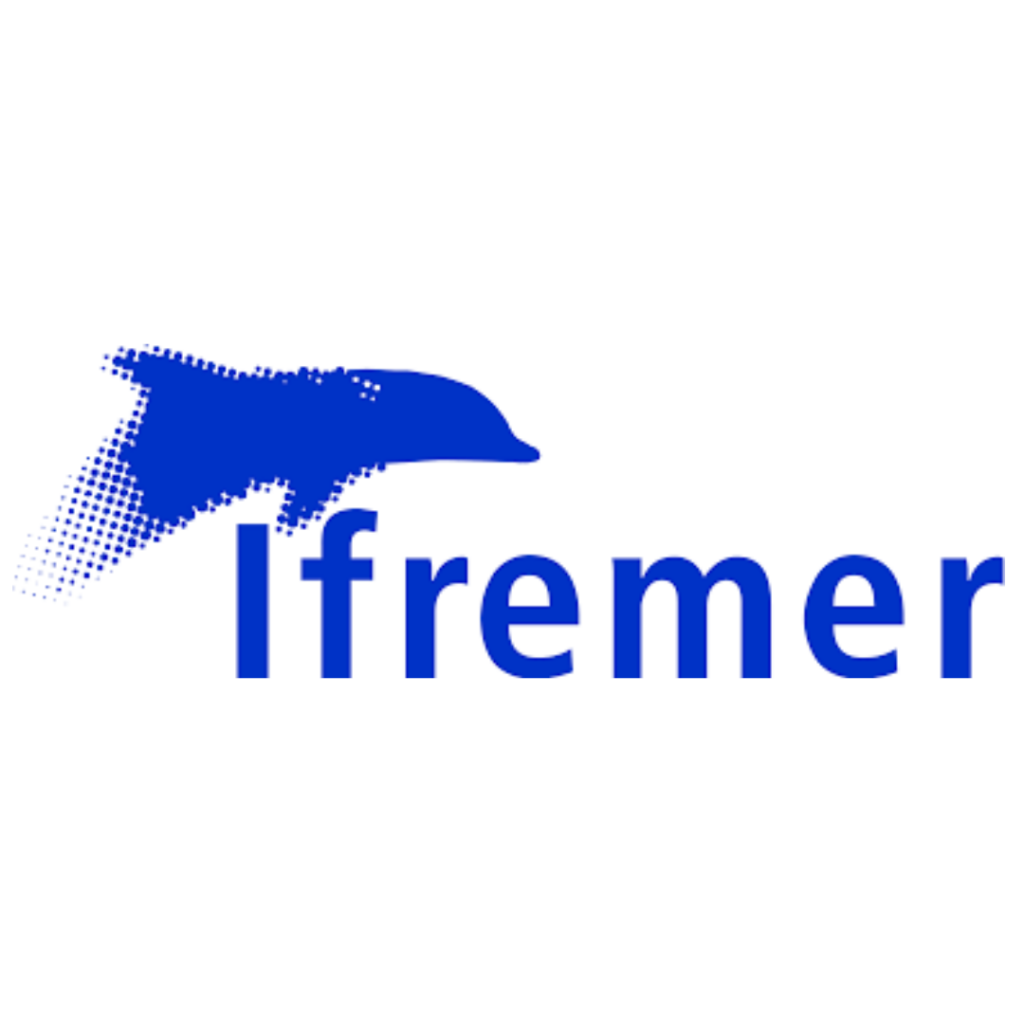
French government institute focused on marine science and technology, covering oceanography, marine biology, and environmental monitoring.
Missions:
- Research marine ecosystems to enhance understanding of ocean environments.
- Develop sustainable resources for fisheries, aquaculture, and marine energy.
- Innovate marine technology to support exploration and monitoring.

Global company in environmental services, specializing in water management, waste treatment, and energy optimization.
Missions:
- Support sustainable resource management through innovative services.
- Promote environmental conservation with effective technologies.
- Advance circular economy initiatives for resource efficiency.

Company committed to developing sustainable maritime solutions, creating sustainable solutions for the maritime industry, focused on renewable energy, plastic reduction, and sustainable fishing.
Missions:
- Promote sustainable maritime practices through innovative technologies.
- Reduce pollution to protect marine biodiversity.
- Use renewable energy to limit carbon emissions.
- Support coastal communities with environmentally friendly practices.
- Commit to achieving the UN Sustainable Development Goals
Testimony

Our Projects
Eden Tech participate in international missions focused on water monitoring and treatment

Circular And Bio-based solutions for the ultimate prevention of plastics in rivers integrated with elimination and monitoring technologies.

Demonstration of effective and sustainable management of sediments in the Danube river-Black sea system.
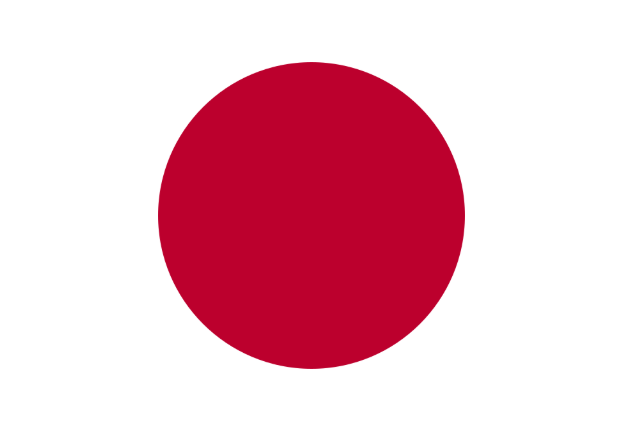
Ocean Cleanup Tsushima & Blue Cleanup
The Tsushima Project focuses on reducing marine plastic pollution by transforming waste into resources, preserving ecosystems, and educating communities.
What Are Microplastics?
Plastic is a polymer processed from petroleum. Not naturally present in the environment, Nature hasn’t evolved to process it, and debris can be trapped in the stomachs of birds and mammals throughout their life. Today, 90% of seabirds worldwide have plastic fragments in their stomachs.
Over decades, plastic slowly degrades into microplastics, and is then confused with micro planktons by fish, and other sea creatures, threatening marine life, damaging the fishing, and ultimately are penetrating the food-chain back up the human plate.
Plastics are often mixed with chemicals to change their properties (flexibility, durability…), which are released upon degradation. Additionally, microplastics are favored carriers of bacterial communities and therefore, major contributors to invasives species & antimicrobial resistance spreading worldwide, further increasing the hazard associated with its ingestion.
Microplastics can further decrease in size to become nanoplastics, whose impacts on the ecosystem are still unknown but they are expected to be able to penetrate various organs of the human, and even cross the cell membrane, causing potentially irreversible damage to their proper function.
Check our articles!
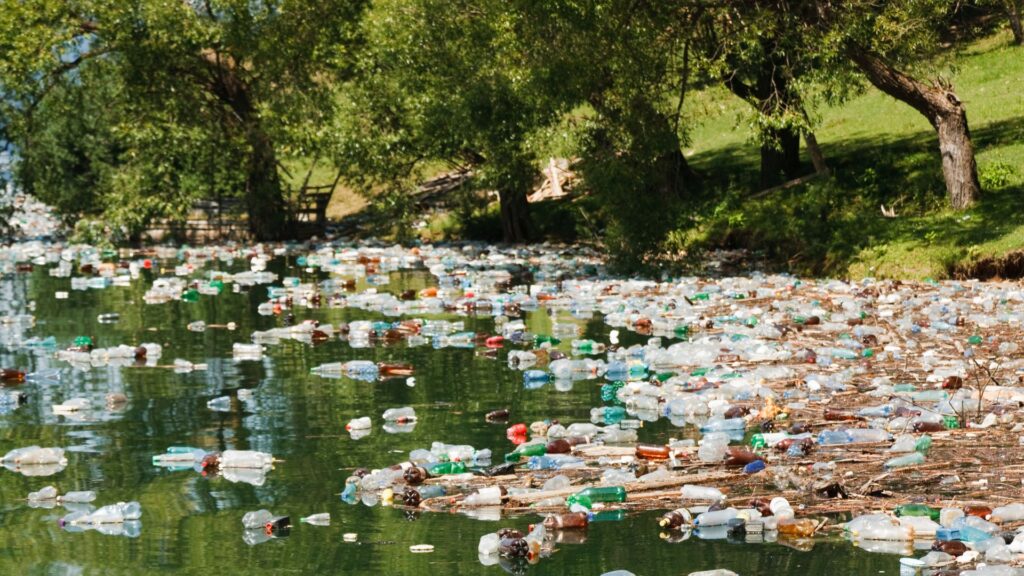
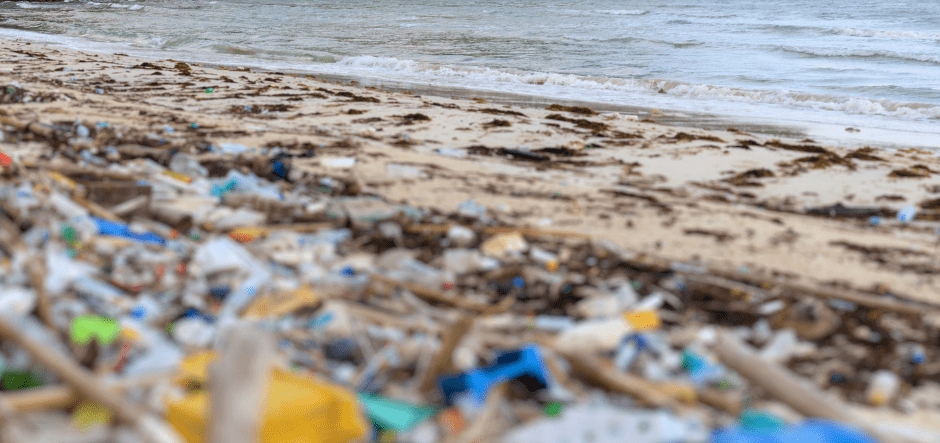
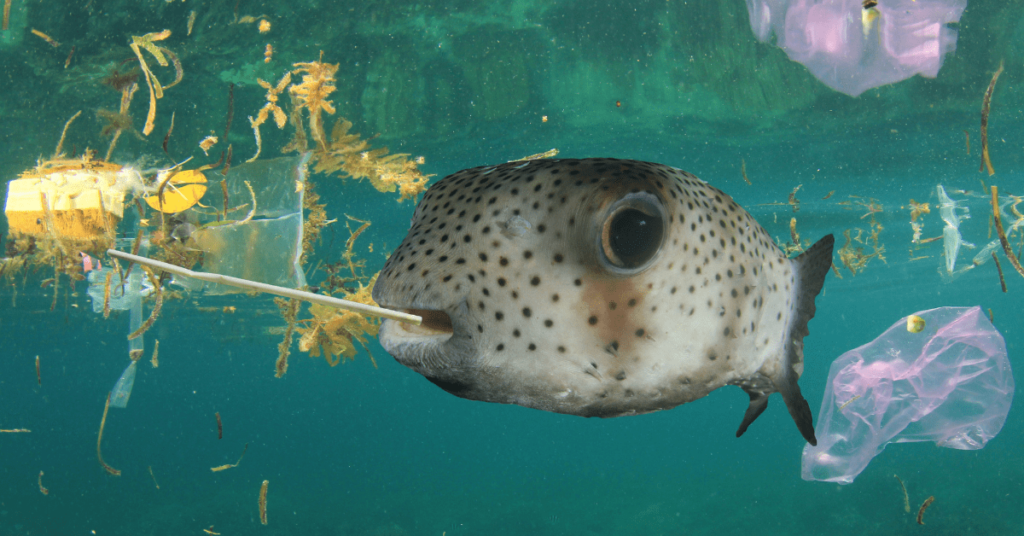
Microplastic Pollution: The Threat to the Health of the Ocean
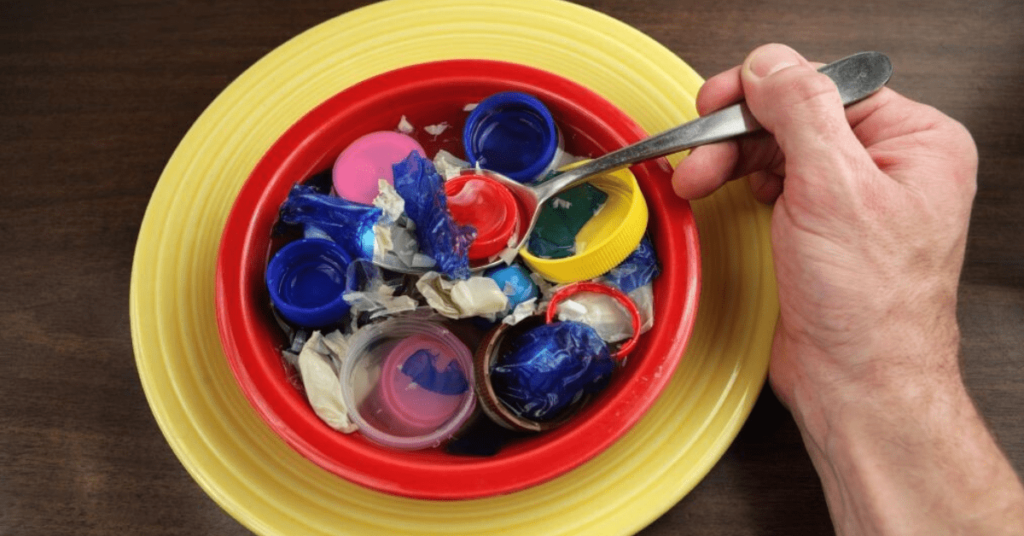
Microplastics in Human Bodies: What are the Risks and Health Impacts?
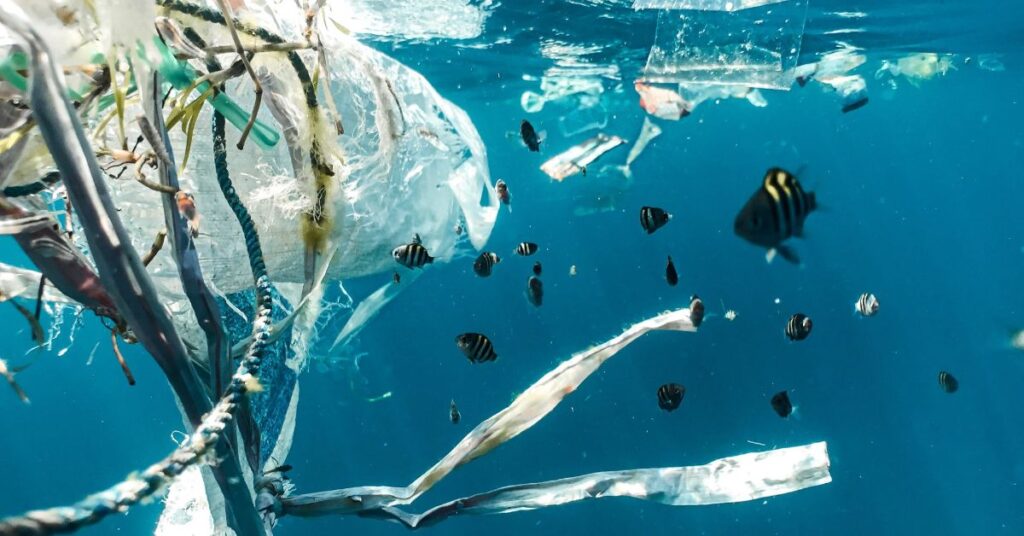
Microplastics and Invasive Species Threat to Marine Life and Ecosystems

Microplastics: Where Are They? How do They Form?
Our Commitment to the Global Microplastics Threat

